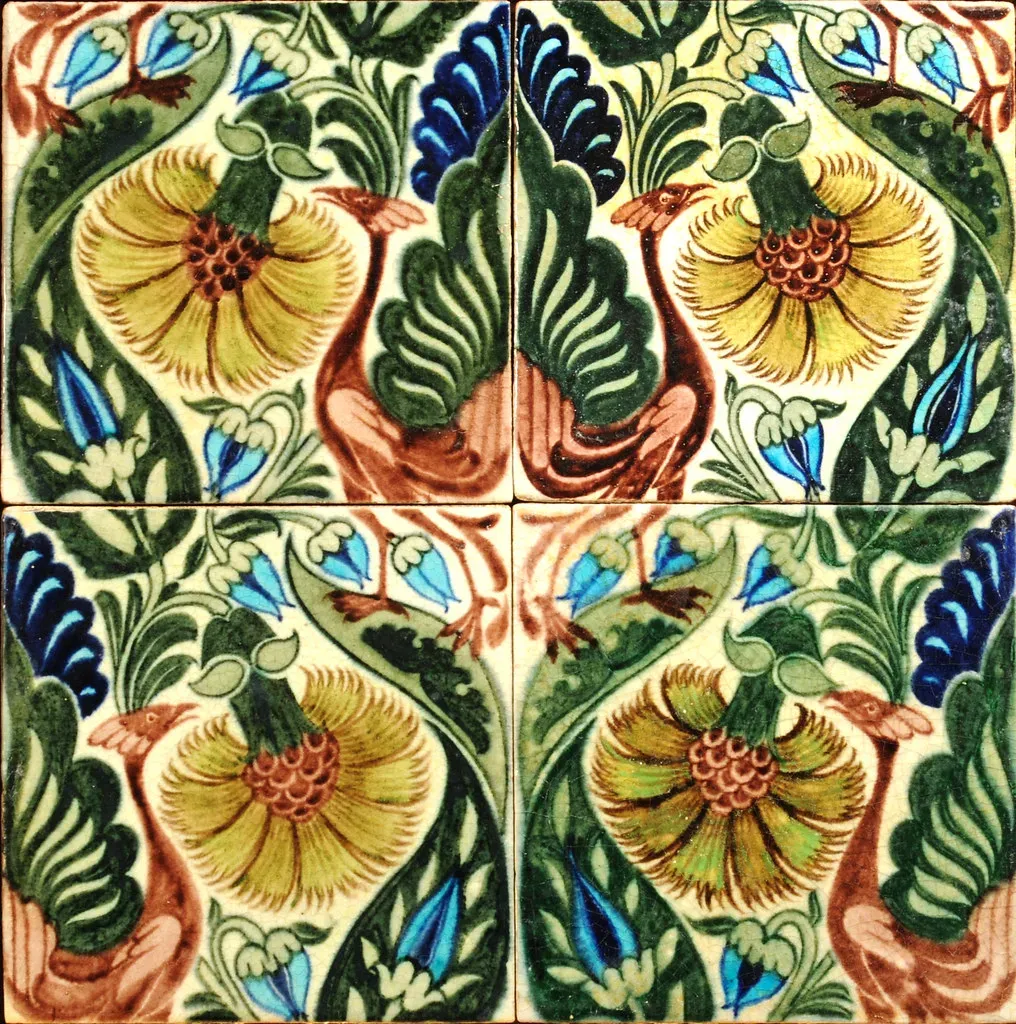William Morris — The Man Who Made the World a More Beautiful Place.

James Broad
Oct 12, 2024 | 7 min read
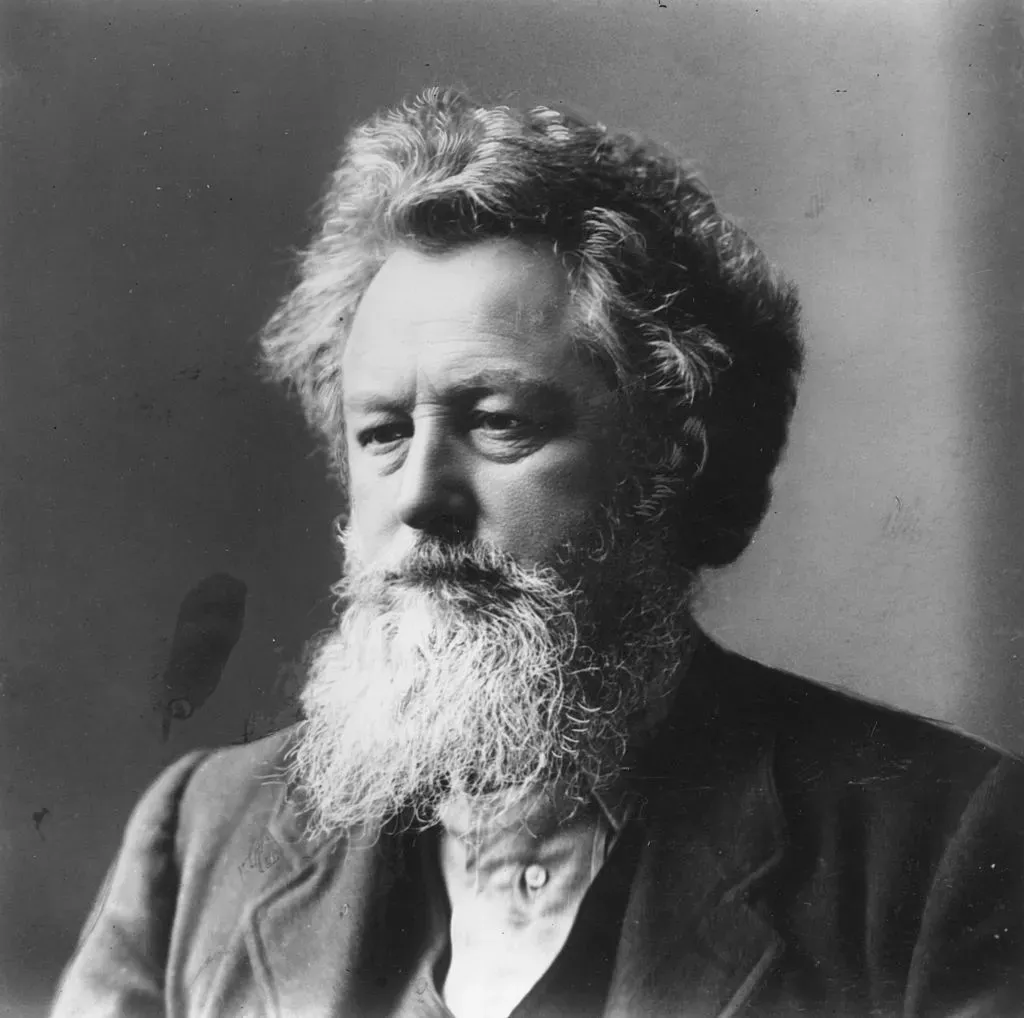
Welcome to this article, where I’ll delve into the life and legacy of the remarkable William Morris. Known for his artistic prowess, Morris was not only a talented designer, but also a passionate social reformer and respected writer. In this article, I will explore his journey, his contributions to the arts and crafts movement, and his enduring impact on society.
William Morris was a multifaceted figure whose contributions to art, literature, and social reform have left a significant mark on the cultural landscape of the 19th century and way beyond.
Born on March 24, 1834, in Walthamstow, England, William emerged as a key figure in the Arts and Crafts Movement, a reaction against the industrialization and mass production that characterized the Victorian era. His life and career were dedicated to the idea of integrating art into everyday life, advocating for the beauty of craftsmanship, and promoting social change through aesthetic ideals.
Early Life and Education
William Morris was born into a middle-class family; his father, a wealthy businessman, provided the family with a comfortable lifestyle.
Morris was educated at a local school and later attended Exeter College, Oxford, where he studied theology. It was at Oxford that he met his lifelong friend, Edward Burne-Jones, and became immersed in the Pre-Raphaelite movement, which greatly influenced his artistic development.
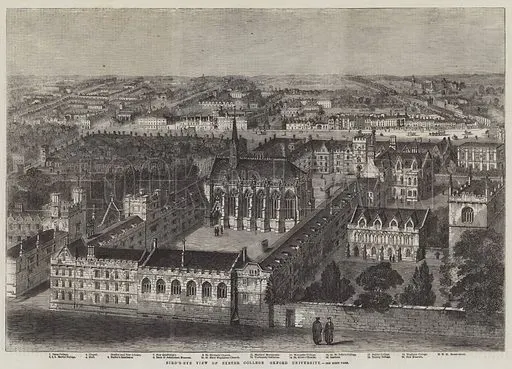
Morris’s early exposure to Gothic architecture during his time at Oxford ignited a passion for medieval art and design. After graduating in 1853, he briefly considered becoming an Anglican clergyman — for those of you who have no idea what this is, it’s a Minister of the Anglican church — but he soon realized his true calling lay in the arts, and thanks heavens he did. In 1856, he began training as an architect under the guidance of Philip Webb, who would become a significant collaborator throughout Morris’s career.
The Formation of Morris & Co
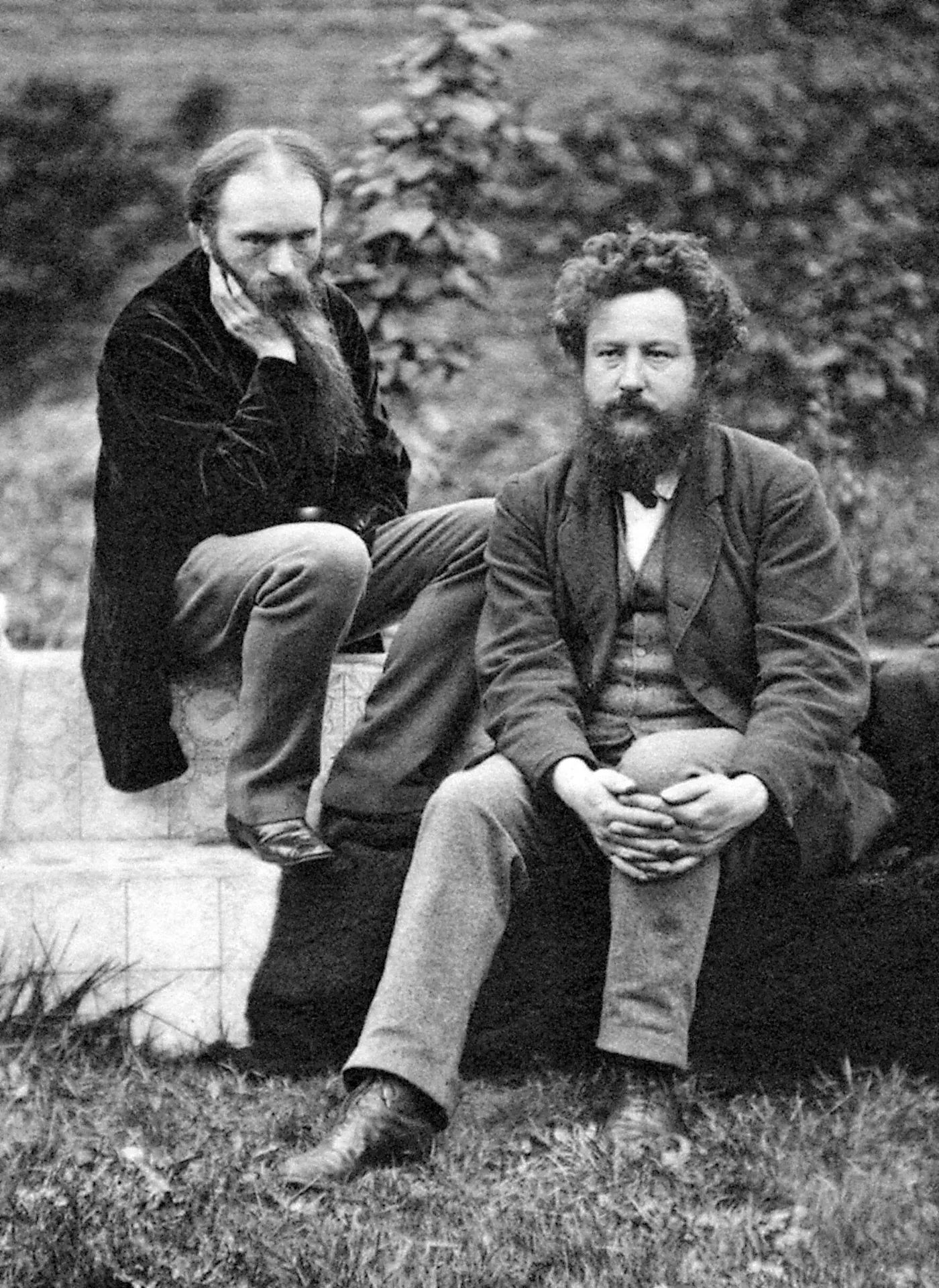
In 1861, Morris, along with Burne-Jones and Webb, founded Morris & Co., a design firm that sought to create beautiful and functional decorative arts. The company’s motto, “Have nothing in your houses that you do not know to be useful or believe to be beautiful,” encapsulated Morris’s philosophy. The firm specialized in textiles, wallpapers, stained glass, and furniture, emphasizing craftsmanship and quality over mass production. They produced some of the finest examples of Arts & Crafts design and each piece makes my spine tingle with delight.
Morris & Co. quickly gained a reputation for its innovative designs, drawing inspiration from medieval motifs and natural forms. Morris’s designs, such as the iconic “Strawberry Thief” pattern — which I love that much I have it tattooed on my forearm — showcased intricate patterns inspired by plants and animals. The firm’s work was characterised by vibrant colours and a commitment to artisanal techniques, which stood in stark contrast to the industrial products of the time.
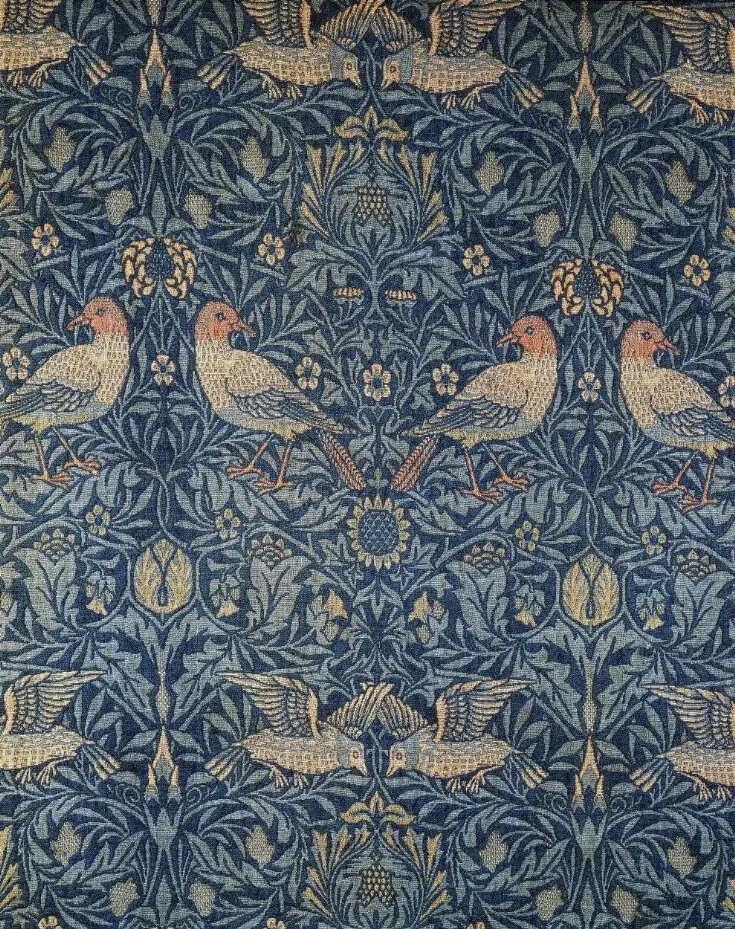
Literary Contributions
In addition to his work in the decorative arts, Morris was also an accomplished writer. He published several volumes of poetry, including “The Defence of Guenevere” (1858) and “The Earthly Paradise” (1868–70), which reflect his fascination with medieval themes and romantic ideals. His poetry often depicted a longing for a simpler, more harmonious existence, resonating with the sentiments of the Arts and Crafts Movement.
Morris also ventured into prose, writing novels such as “News from Nowhere” (1890), a utopian work that imagined a socialist future where people lived in harmony with nature. In “News from Nowhere,” Morris critiques the industrial society of his time and envisions a world where art, labor, and community thrive in balance. This work encapsulates Morris’s belief in the transformative power of art and its potential to reshape society.
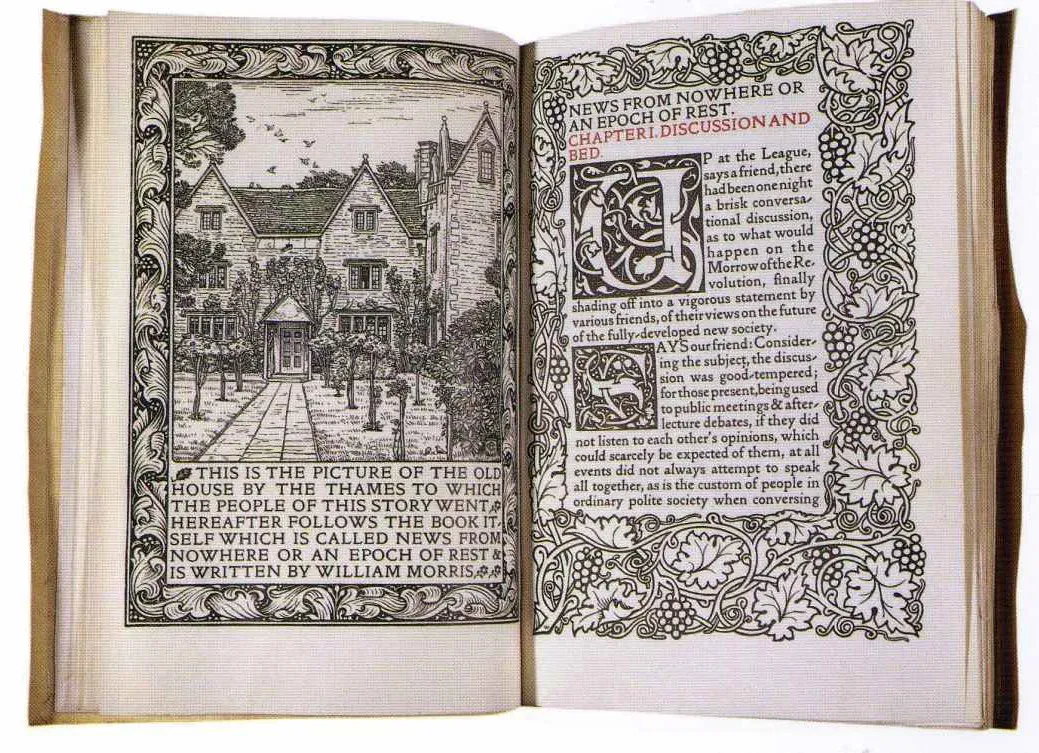
The Arts and Crafts Movement
The Arts and Crafts Movement emerged as a response to the dehumanising effects of industrialisation, advocating for a return to traditional craftsmanship and the integration of art into everyday life.
William Morris was a key figure in this movement as his dislike for the industrialisation for the Victorian era was rooted in a belief that it devalued human creativity, degraded craftsmanship, and perpetuated social inequalities. His advocacy for the movement was a response to these concerns, emphasising the importance of beauty, quality, and meaningful labour in a world increasingly dominated by mechanisation and mass production. He did this through his work as an artist, designer, writer and social activist, Morris challenged the now social norms and envisioned a simpler and beautiful society.
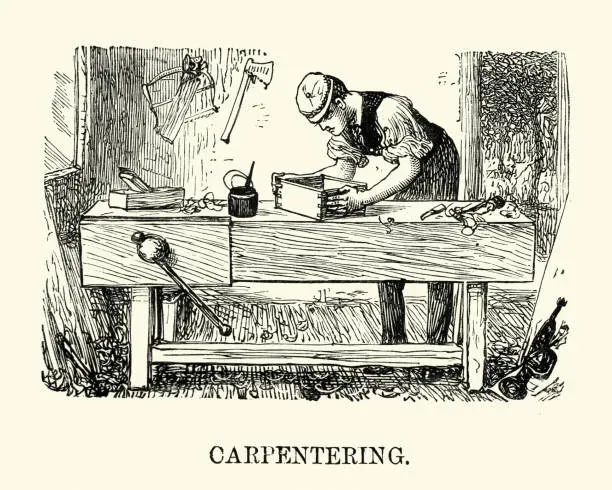
Morris’s philosophy emphasized the importance of individual creativity and the joy of making. He believed that the act of creation should be a fulfilling experience that connected the artisan to their work. This perspective was a direct challenge to the mass production of the Victorian era, which often prioritized efficiency over quality and aesthetics.
Morris’s advocacy for craftsmanship extended beyond his own work. He was instrumental in establishing the Society for the Protection of Ancient Buildings in 1877, which aimed to preserve historic structures and promote the value of traditional craftsmanship. Morris argued that the preservation of historical architecture was essential for maintaining cultural identity and fostering a sense of community.
Political Activism
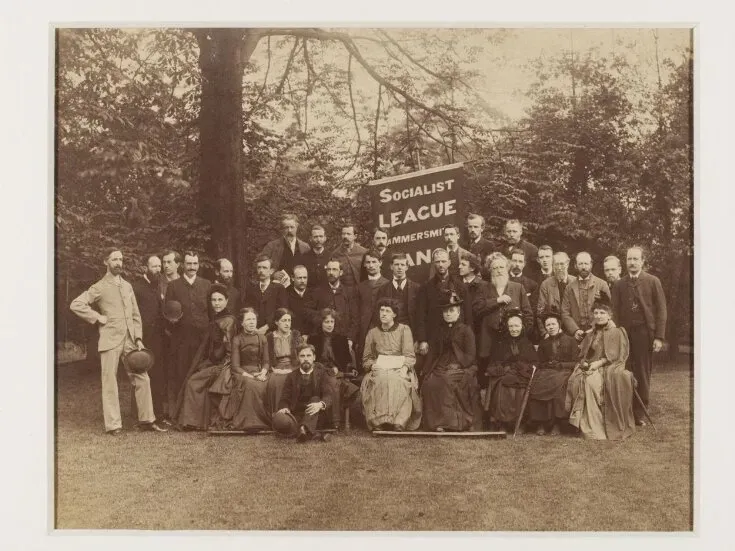
As Morris’s career progressed, he became increasingly involved in political and social issues. He was a vocal advocate for socialism and believed that art and politics were intrinsically linked. Morris’s socialist ideals were influenced by his readings of Karl Marx and the growing labor movement in Britain.
In the 1880s, Morris became an active member of the Socialist League, using his artistic talents to promote socialist ideas. He delivered lectures, wrote pamphlets, and organized events to raise awareness about social issues such as workers’ rights, poverty, and the need for systemic change. His political activism was closely tied to his belief that art should serve the community and contribute to the betterment of society.
One of Morris’s most significant contributions to socialist thought was his pamphlet “How We Live and How We Might Live” (1884), which outlined his vision for a more equitable society. In this work, Morris argued for the need to create a new social order that priorities artistic expression, environmental sustainability, and communal living. His ideas resonated with many who sought alternatives to the prevailing capitalist system.
Later Years and Legacy
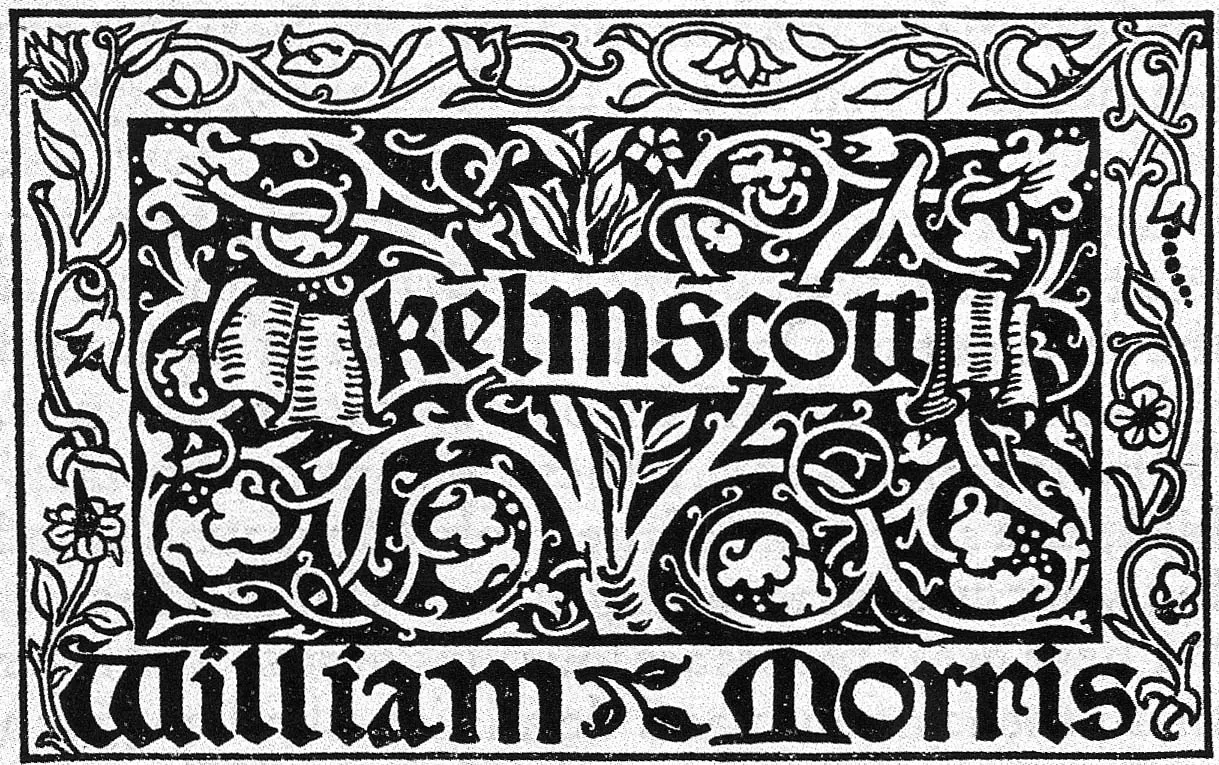
In the later years of his life, Morris continued to produce art and literature while remaining actively engaged in political activism. He founded the Kelmscott Press in 1891, which aimed to produce beautifully crafted books that celebrated the art of printing. The press published several notable works, including Morris’s own “The Works of Geoffrey Chaucer” (1896), which is considered one of the finest examples of book design and typography of the time.
Morris’s health began to decline in the late 1890s, and he passed away on October 3, 1896, at the age of 62. His legacy, however, continues to thrive to this day. Morris’s ideas about art, craftsmanship, and social responsibility have influenced generations of artists, designers, and social reformers. He is one of the most prolific and important figures of the 19th century and he committed his life to make the world a more simple and beautiful place to be.
Influence on Design and Art
The Arts and Crafts Movement, which Morris helped to establish, has had a lasting impact on various fields, including architecture, furniture design, and textiles. His emphasis on handcrafted work and the importance of aesthetics paved the way for subsequent design movements, such as Art Nouveau and the Modernist movement. Morris’s belief in the connection between art and everyday life continues to resonate with contemporary designers who advocate for sustainable practices and the revival of traditional craftsmanship.
Environmentalism and Sustainability
Morris’s commitment to environmental sustainability is particularly relevant today. His belief in the importance of living in harmony with nature and the consequences of industrialisation echoes in contemporary discussions about climate change and ecological preservation. Morris’s ideas about the relationship between art and the natural world serve as a reminder of the need to find balance in our consumption and production practices.
Social Justice and Community
Morris’s vision of a just society where art and labor coexist harmoniously is relevant in today’s discussions about social justice and community engagement. His advocacy for workers’ rights and the importance of collective action serves as an inspiration for contemporary movements fighting for equality and equity. Morris’s belief that art can be a vehicle for social change continues to inspire artists and activists who seek to create a more just and equitable world.
Conclusion
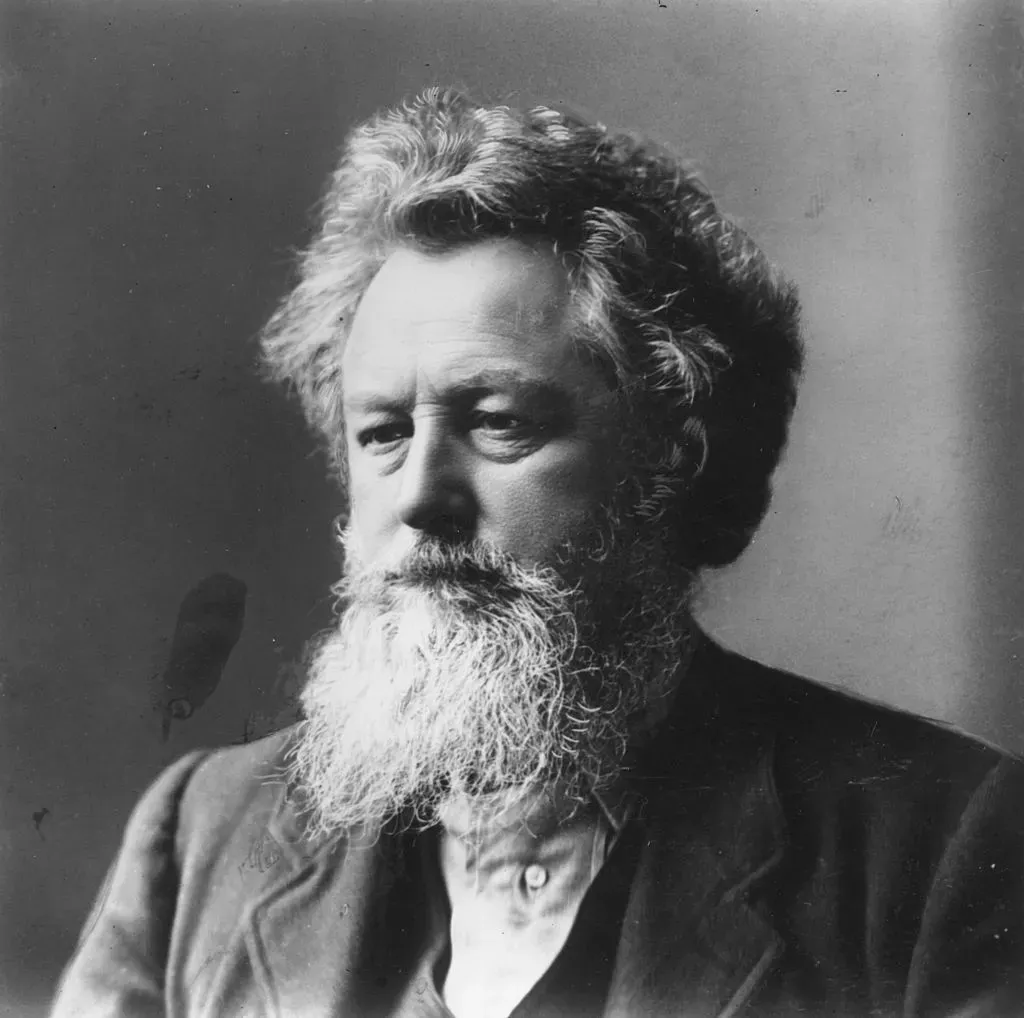
William Morris was a visionary whose life and career embodied the ideals of the Arts and Crafts Movement. His dedication to craftsmanship, beauty, and social reform challenged the norms of his time and continues to inspire individuals in the realms of art, design, and activism. Morris’s legacy is a testament to the enduring power of creativity and the belief that art can transform society for the better. Through his work, he reminds us of the importance of beauty in our lives and the need for a more just and sustainable world. As we navigate the complexities of the modern age, Morris’s ideas remain a guiding light, encouraging us to embrace artistry, craftsmanship, and the pursuit of a better society.
